5 Ways Sattu can be added to meals and drinks to boost protein levels
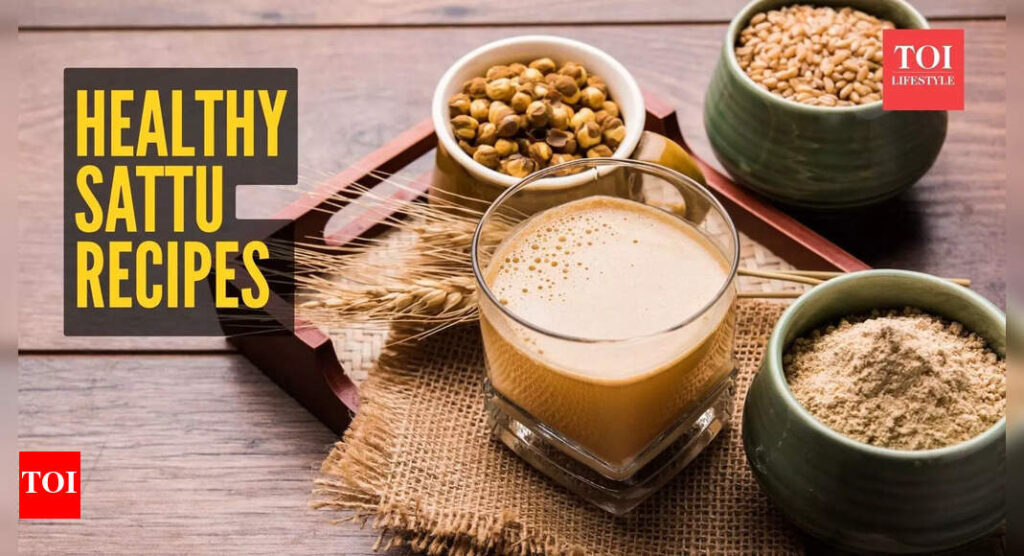
Whether you are trying to switch to a healthy diet or simply want to boost your protein intake without relying on store bought protein powders and supplements, then here’s one traditional protein powder, which has been an essential part of several Indian cuisines for its potent health benefits. Well, we are talking about Sattu, which has been an ancient secret for boosting immunity and metabolic health. But do you know what exactly sattu is and how you too can use it in a day-to-day diet for a healthy protein intake that too without any artificial additives and preservatives. Read on to find out…
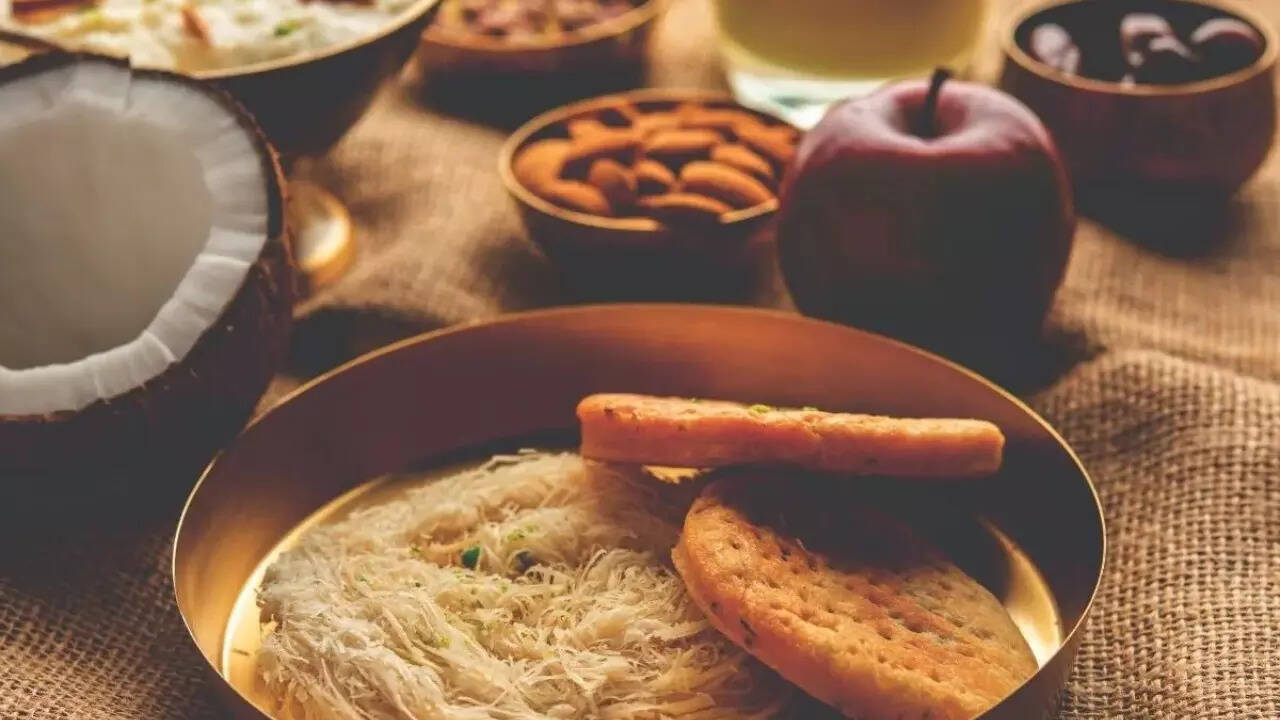
Once the fast ends, some women rush to eat heavy, fried, sweet foods in one go, as this sudden load can shock the digestive system, lead to bloating, or a sugar spike. How to avoid it: First, offer a sip of water or prasad liquid (light drink) to hydrate. Then, break your fast gradually with light foods – soft fruits, warm soup, and steamed items. Then gradually move to regular meals instead of stuffing yourself.
What exactly is Sattu? How is it made?Sattu is basically a traditional Indian flour, which is made by grinding roasted chickpeas or bengal gram. This flour is loaded with plant-based protein, which has around 20-25 grams of protein per 100 grams. This traditional flour is rich in fiber, essential minerals like iron, magnesium, potassium, and calcium, and has a low glycemic index, which provides sustained energy release and improves metabolism and gut health naturally. Apart from that, adding sattu to the daily diet gives your body a boost of protein and fiber, which provides satiety, helps in muscle repair, supports digestion, and helps regulate blood sugar levels.
5 Ways to add sattu to daily meals and drinks to boost protein levels:Sattu Sharbat This is one of the most popular recipes made with Sattu. To make this just mix sattu powder with water, lemon juice, and a pinch of salt or roasted cumin powder to create a refreshing, protein-rich drink. This traditional beverage helps hydrate, energize, and provide instant nourishment, making it an ideal mid-day or post-workout refreshment. Sattu Paratha To make this paratha, take sattu flour and knead it with wheat flour to make protein-loaded parathas. To make this paratha, make a sattu stuffing with onion, coriander, green chilies and spices, fill this inside the dough balls, roll the parathas and cook them with some ghee and enjoy with curd and pickle. This makes for a perfect option for breakfast or lunch, perfect for those who want to increase their protein intake in a savory form.
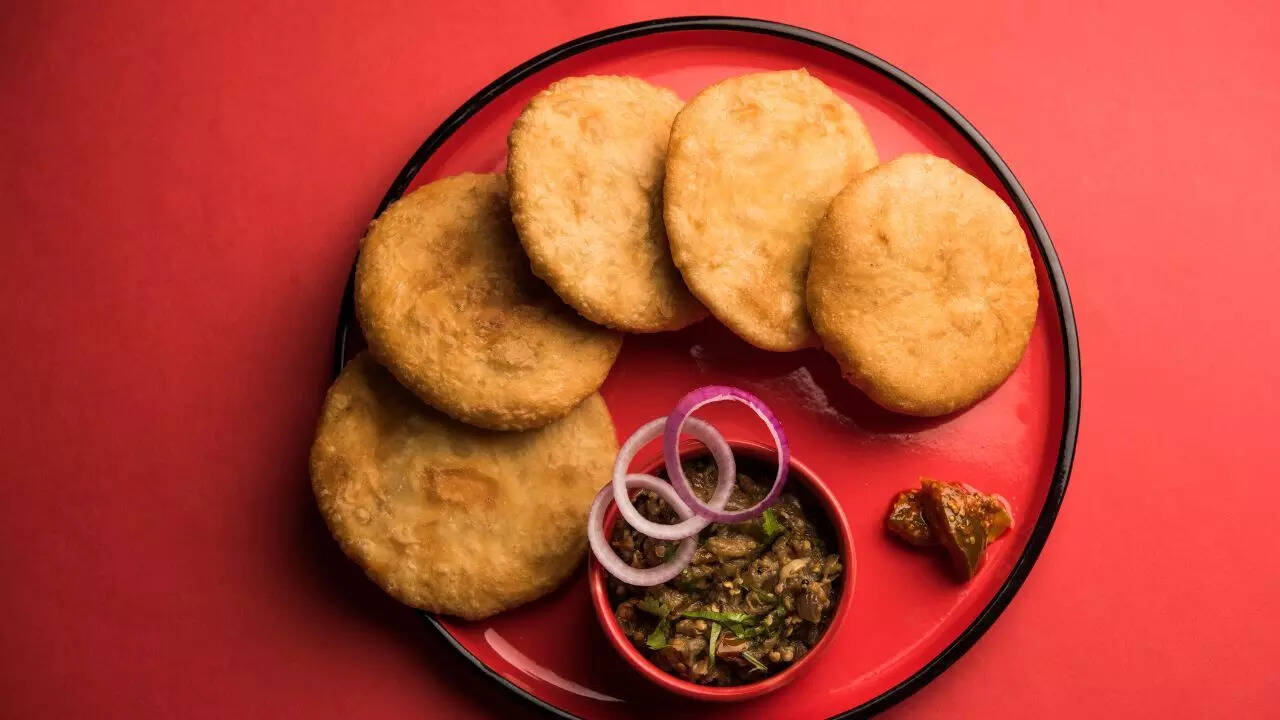
Sattu Laddoo To prepare these delicious laddoos, just combine roasted sattu with jaggery, ghee, and nuts to form nutritious laddoos. These protein-rich treats serve as energy-boosting snacks or festive offerings, helping provide a sustained release of energy and essential minerals. Sattu laddoos are particularly beneficial for an on-the-go protein snack without added preservatives or artificial ingredients.Sattu Smoothie with dry fruits Blend sattu powder with milk or plant-based milk, a banana, and a handful of nuts or seeds for a creamy, filling smoothie. This combination offers a delicious way to boost protein and fiber simultaneously. Adding fruits and nuts increases antioxidant and nutrient intake, making it a balanced meal replacement or recovery drink after exercise.Sattu Soup Cook sattu with water or vegetable broth and temper with spices like cumin, ginger, and garlic to create a savory porridge-like soup. This comforting dish is easy on digestion, rich in protein, and can be enhanced with vegetables for added fiber and vitamins. It is perfect for a light dinner or therapeutic meal during illness or fatigue.
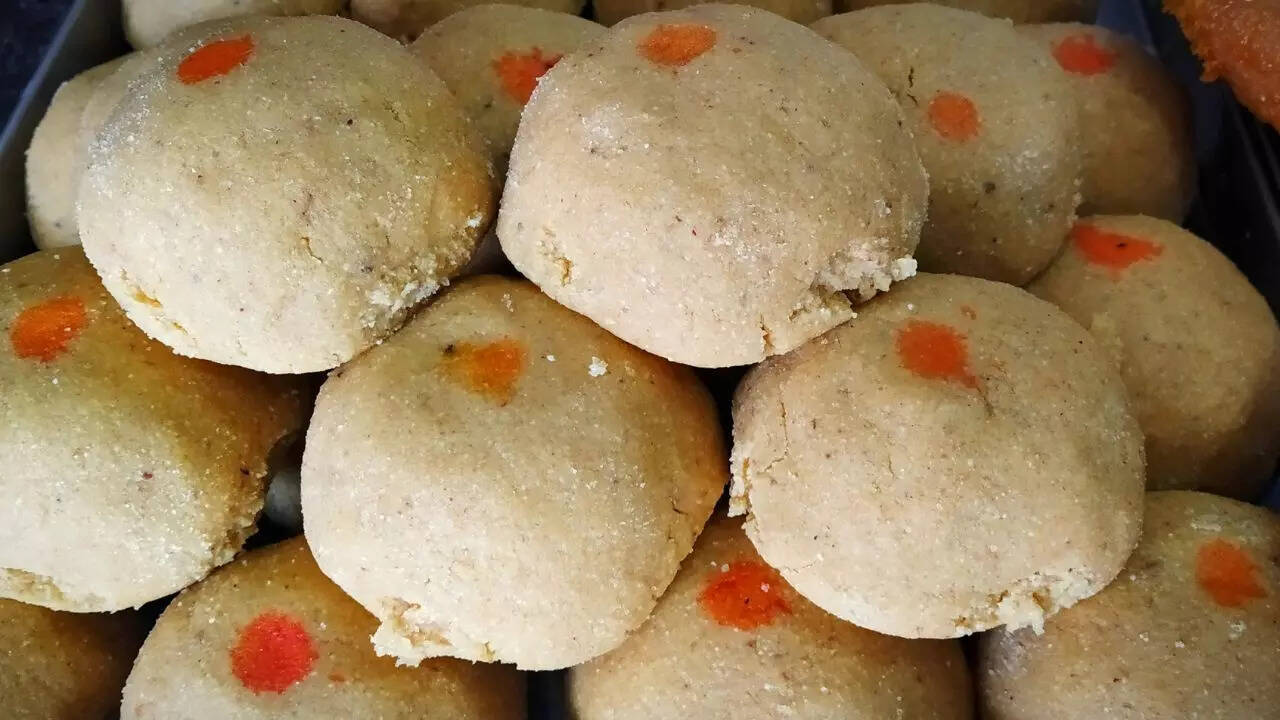
Nutrients in sattuApart from all good things, Sattu is a nutrient-dense flour, which has around 26 grams of protein, 60 grams of carbohydrates, 18 grams of dietary fiber, and 7 grams of fat per 100 grams. It is also rich in essential minerals such as calcium (around 380 mg), magnesium (270 mg), iron (8.7 mg), potassium (825 mg), and small amounts of zinc, manganese, and phosphorus. These nutrients together help in supporting muscle function, bone health, oxygen transport, electrolyte balance, and immunity. Additionally, sattu has a low glycemic index, making it suitable for blood sugar management, and its high fiber content aids in digestion and gut health. Lesser known health benefits of SattuCools down the bodySattu acts as a natural cooling agent for the body, especially beneficial during hot summer months. Consuming sattu drinks helps prevent overheating without causing cold or mucus buildup, making it an excellent option to maintain optimal body temperature while nourishing the body with essential nutrients.
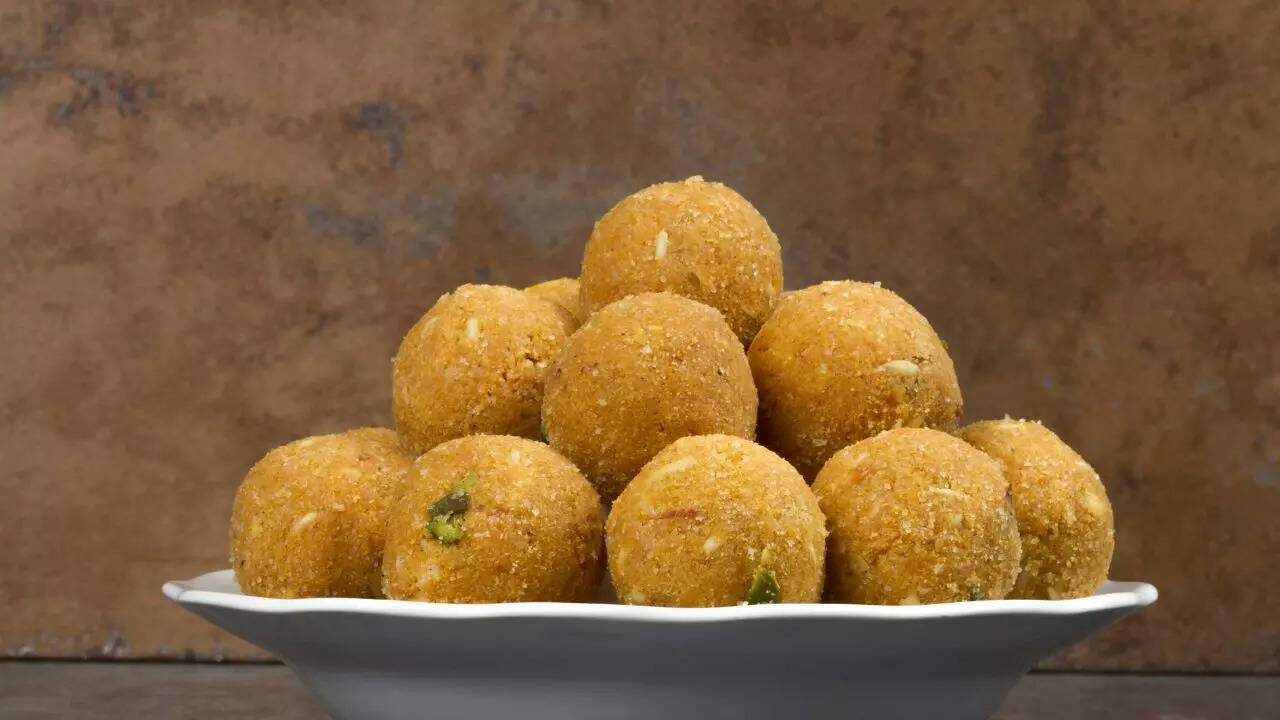
Loaded with magnesiumMany people suffer from magnesium deficiency, leading to muscle cramps, body aches, and stiffness. Sattu is a significant source of magnesium, which helps alleviate these symptoms. Including sattu in your diet can support muscle relaxation and overall physical comfort, especially useful for those experiencing frequent cramps or recovery after physical exertion.Post-illness recovery For individuals recovering from surgery, illness, or medication that reduces appetite, sattu offers a simple, nutritious option. Its high protein, potassium, and magnesium content contribute to restoring energy levels, improving appetite, and providing gentle nourishment, making it suitable for delicate digestive systems.Low glycemic index foods Sattu’s low glycemic index makes it a practical food choice for people with type 2 diabetes. It helps regulate blood sugar levels and supports healthy insulin function, thus assisting in managing diabetes while also aiding in lowering cholesterol and blood pressure through its high fiber and mineral content.






